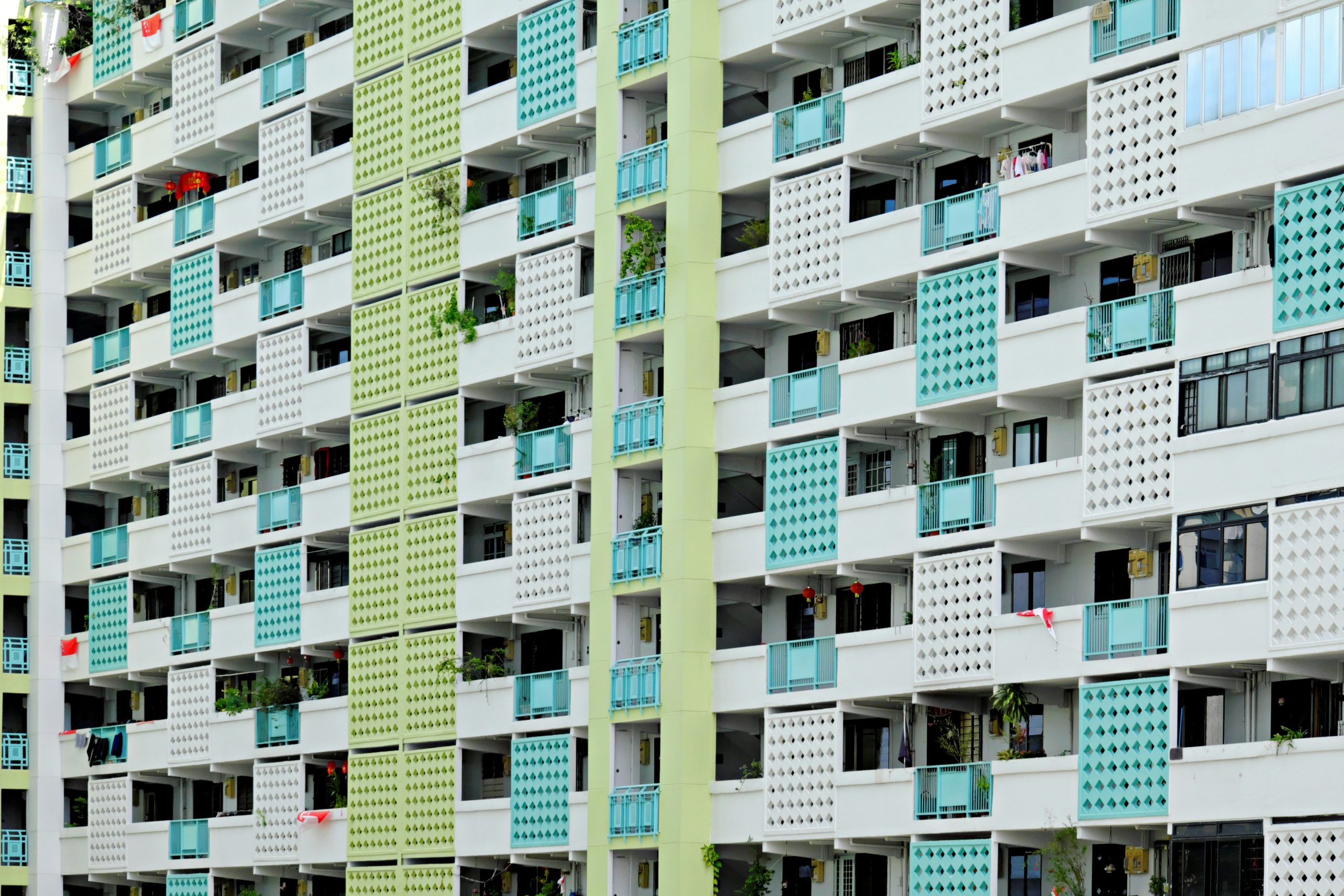Building façades, the outer layers of structures, play a critical role in both aesthetics and safety. Over time, weather conditions, pollution, and structural issues can compromise the integrity of these façades, potentially leading to catastrophic failures. Recognizing these risks, various governments and regulatory bodies have established stringent guidelines to ensure the regular inspection and maintenance of building façades. This blog post delves into the current regulatory landscape governing facade inspections, highlighting key regulations, their implications, and the importance of compliance.
The Importance of Building Façade Inspections
Façade inspections are crucial for maintaining the safety of buildings, especially in urban areas where the risk of falling debris could endanger public safety. These inspections help identify potential hazards, such as loose or deteriorating materials, water infiltration, and structural weaknesses, allowing property owners to take corrective measures before they become significant issues.
Key Regulatory Requirements in Façade Inspections
1. Local Law 11 in New York City
One of the most well-known regulations concerning building façade inspections is New York City’s Local Law 11, also known as the Façade Inspection Safety Program (FISP). Implemented in 1998, this law mandates that buildings taller than six stories undergo façade inspections every five years. The law was established following several incidents of falling masonry, aiming to protect pedestrians and occupants from potential hazards. Non-compliance with this law can result in hefty fines and legal consequences for building owners.
Learn more about Local Law 11 here.
2. Chicago Façade Ordinance
Chicago’s façade inspection requirements are another example of comprehensive regulatory oversight. The city’s regulations require that buildings over 80 feet tall undergo critical examinations every four to twelve years, depending on the building’s condition and age. The inspections must be conducted by a licensed professional, who must submit detailed reports to the city. Non-compliance can lead to fines and, in severe cases, criminal charges.
Explore Chicago’s Façade Ordinance here.
3. UK’s Façade Safety Regulations
In the United Kingdom, building façade inspections have gained significant attention following the Grenfell Tower tragedy in 2017. The Building Safety Act 2022 introduced stringent measures for high-rise buildings, including regular inspections of external wall systems. These regulations aim to ensure that cladding and other façade materials meet safety standards to prevent similar disasters in the future.
Read more about the UK’s Building Safety Act here.
4. Singapore
In Singapore, the regulatory framework for building facade inspections is governed primarily by the Building Control (Periodic Inspection of Buildings and Building Façades) Regulations 2021, which became effective on January 1, 2022. These regulations were introduced to ensure the structural integrity and safety of building facades, especially for older buildings.
Read more about the Singapore’s Building Safety Act here.
Key Requirements:
- Inspection Frequency: Buildings over 20 years old and taller than 13 meters are required to undergo facade inspections every seven years. This excludes detached houses, semi-detached houses, terraced houses, and temporary buildings.
- Appointment of Competent Persons: The building owner must appoint a “Competent Person” (CP), who can be a Professional Engineer in civil or structural engineering or a registered architect with a specific certification in facade inspection. This CP is responsible for conducting the inspection and recommending necessary repairs.
- Inspection Process: The facade inspection must be thorough, identifying any signs of deterioration, such as excessive erosion, corrosion, or potential structural failure. If defects are found, the building owner must carry out repairs within the timeframe specified by the Building and Construction Authority (BCA).
- Use of Technology: The regulations encourage the use of Unmanned Aircraft Systems (drones) to assist in facade inspections, enhancing efficiency and safety. Singapore has even developed a technical reference for using drones in such inspections.
- Regulatory Compliance: The process is regulated under the Building Control Act, and non-compliance can result in legal consequences for building owners, including fines or enforcement actions by the authorities.
The aim of these regulations is to enhance public safety by proactively identifying and rectifying potential facade issues before they lead to accidents or structural failures.
The Role of Technology in Façade Inspections
As regulations evolve, so too does the technology used in façade inspections. Drones, thermal imaging, and 3D modeling are becoming increasingly popular tools, allowing inspectors to conduct more thorough assessments without the need for extensive scaffolding. These advancements not only improve the accuracy of inspections but also reduce the time and cost involved.
The Future of Façade Inspection Regulations
Looking ahead, it is likely that façade inspection regulations will continue to tighten as urban populations grow and the demand for safer buildings increases. Governments may introduce more frequent inspections, stricter reporting requirements, and higher penalties for non-compliance. Building owners and managers must stay informed about these changes to ensure their properties remain compliant and safe.

